TITS
Tits are easily recognisable. Small and agile, they can extract food from the feeders with ease. You will notice the difference when comparing to other garden birds. They often arrive at the feeders in small groups and may form an impatient queue.




Some interesting facts
Here are few common facts about few Tits found in world.
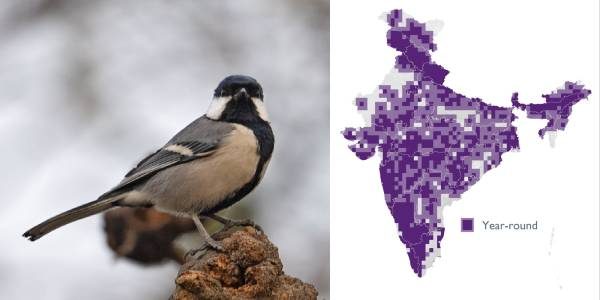
Cinereous Tit
Habitat: Mountains, forest
Status: Resident. Common but declining
SoIB 2020. State of India’s Birds factsheet: cinereous tit https://www.stateofindiasbirds.in/species/gretit2/
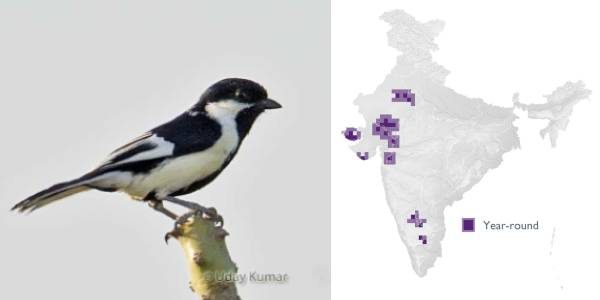
White Naped Tit
Habitat: Dry semi-desert regions
Status:Vulnerable. Restricted. Decreasing Resident
SoIB 2020. State of India’s Birds factsheet: white naped tit
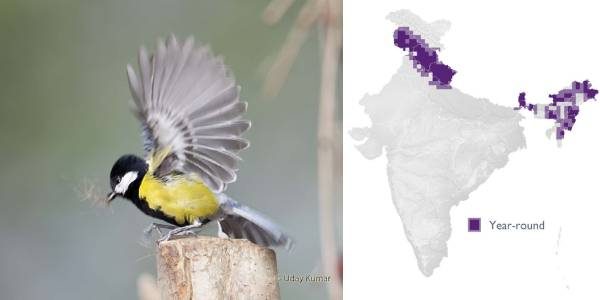
Green Backed Tit
Habitat: Broad leaved and mixed forest
Status: Resident. Common in range, declining
SolB 2020. State of India’s Birds factsheet: green-backed tit https://www.stateofindiasbirds.in/species/grbtit1/
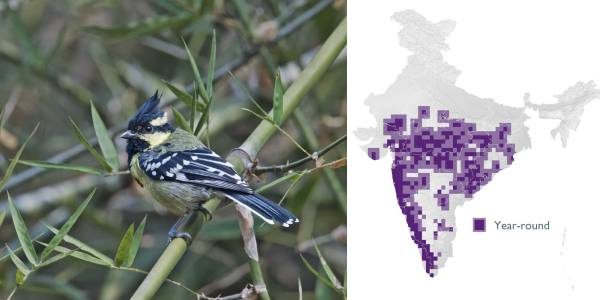
Indian Yellow Tit
Habitat: well wooded areas like evergreen forest, mixed bamboo jungle etc
Status: Resident. Common in range, declining
SoIB 2020. State of India’s Birds factsheet: indian yellow tit https://www.stateofindiasbirds.in/species/indtit1/
How to build nest for Tit.
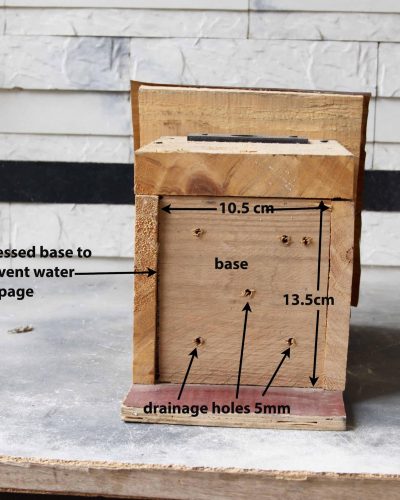
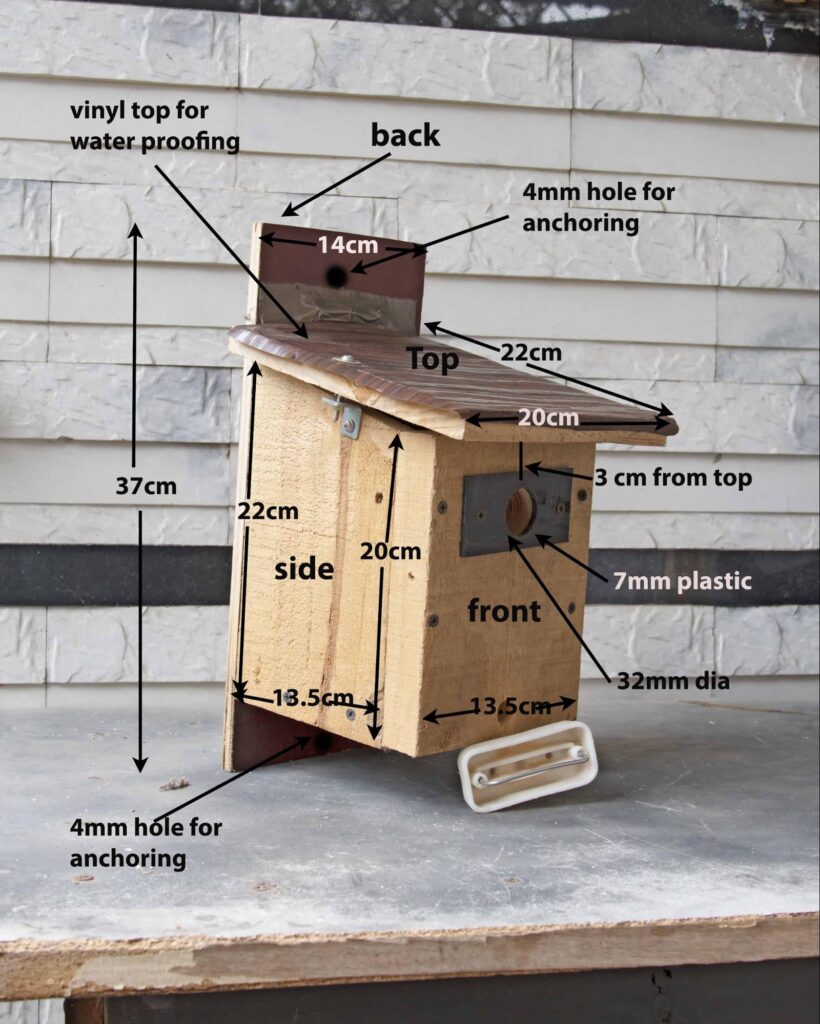
Tits size: 13-14cm
Nesting Period: May – August
Height from ground: Minimum 5ft
To avoid predators better to have box at 10-12 ft
Nest box entrance dia: 32mm
Thickness of pine is 15mm (except the front). Front is 1” thick pine.
Front can also be 15mm thick for simplicity
.
Acrylic patch with entrance hole
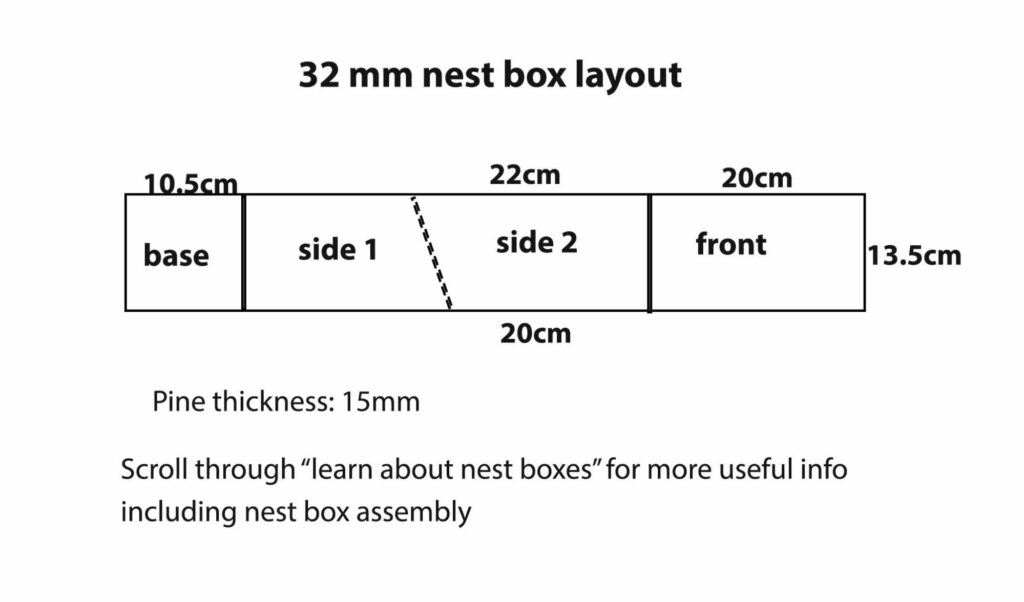
- Prevent squirrels from enlarging hole
- Thickness of acrylic patch: at least 7mm
- Made from acrylic sheets using circular saw and hole cutter Two options for Top:
- One shown above use waterproof vinyl stuck on pine with Araldite epoxy adhesive
- Second option is using centering plywood (12mm)
Want to learn more about nestboxes and build one ?
Please contact us for further information. post your queries in the contact form so that we will get back to you.
